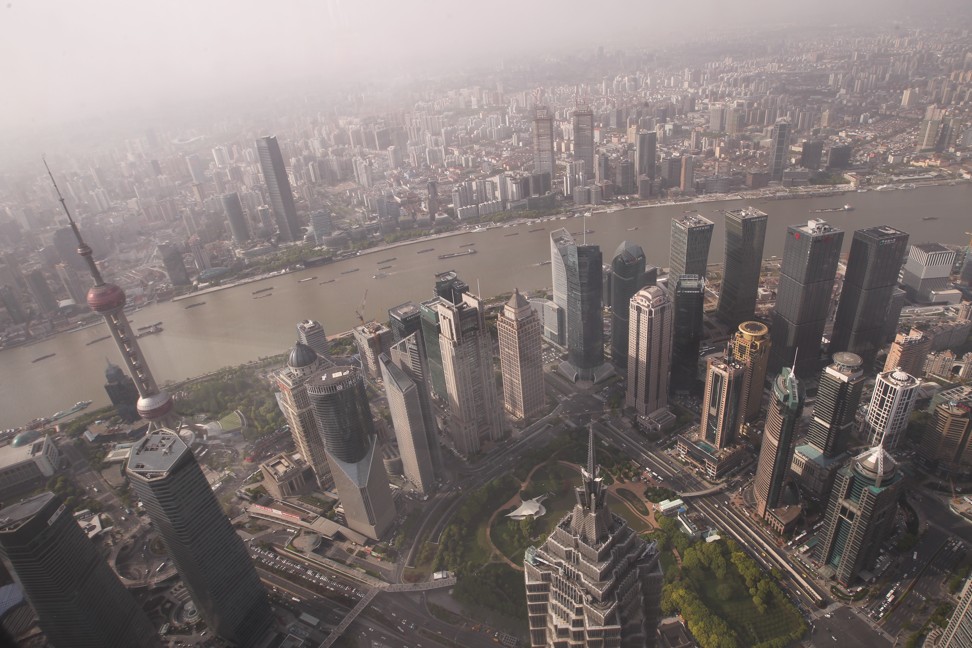
Foreign funds stay away from Shanghai, in biggest slump since 2010
Contracted and direct foreign investments to China’s biggest commercial city in the first six months have dropped, with no turnaround in sight
Shanghai, the megacity that’s been the epitome of mainland China’s ability to attract foreign investments, has reported the biggest half-year slump in overseas capital inflows since 2010, in a sign that growing protectionism, rising costs and a tougher business environment are pushing global companies to look elsewhere.
Contracted foreign funds, an indicator of future commitments of capital, slumped 47 per cent to US$18.2 billion in the first six months of the year, the biggest half yearly decline since 2010, according to Shanghai’s deputy statistics chief Tang Huihao.

Actual foreign direct investment (FDI) to Shanghai fell 7 per cent in the first half to US$8.1 billion, a larger decline than the nationwide dip during the same period, which inched down 0.1 per cent to 441.5 billion yuan (US$65 billion).
“Foreign capital is turning elsewhere due to stiffer competition,” Tang said, citing the worsening global protectionism and increasing attractiveness of the US market due to the Trump administration’s proposed tax cuts.
Shanghai had been one of the biggest recipients of foreign capital in the past three decades, which helped transformed its Pudong commercial area in particular from paddy fields into the location for some of China’s tallest buildings. The city hosted the 2010 World Expo, and boasts the world’s only commercially operating magnetic levitation train, built by Siemens AG to run at a top speed of 430 kilometers per hour.
Still, rising prices of land and labour have combined to make the cost of operating a business in the city prohibitive. The city’s economic restructuring, which is changing the investment landscape, is also driving businesses away, he added.

Rising costs were cited by 93 per cent of respondents as a hindrance, the survey showed.
The city is bearing the brunt of higher labour cost as average household salary gained 4.3 per cent year on year to a combined 17,817 yuan, or a monthly pay of 2,970 yuan.
Liu Xuezhi, a senior researcher at Bank of Communications in Shanghai, said it was unlikely to see the resurgence of sizzling foreign investment growth after years of development.
“Structure of foreign investment, or where the capital is invested, could be a more significant indicator nowadays,” said Liu. “In that sense, Shanghai still enjoys growth potential for its tertiary sector, such as finance, in the long haul.”
The ongoing financial deleverage, which aims to trim risks in the sector, could be a long-term boost, despite some short-term turbulence on the industry, he added.
In the first half, tertiary sector accounted for more than 90 per cent of foreign investments in both contracted capital and received funds.

